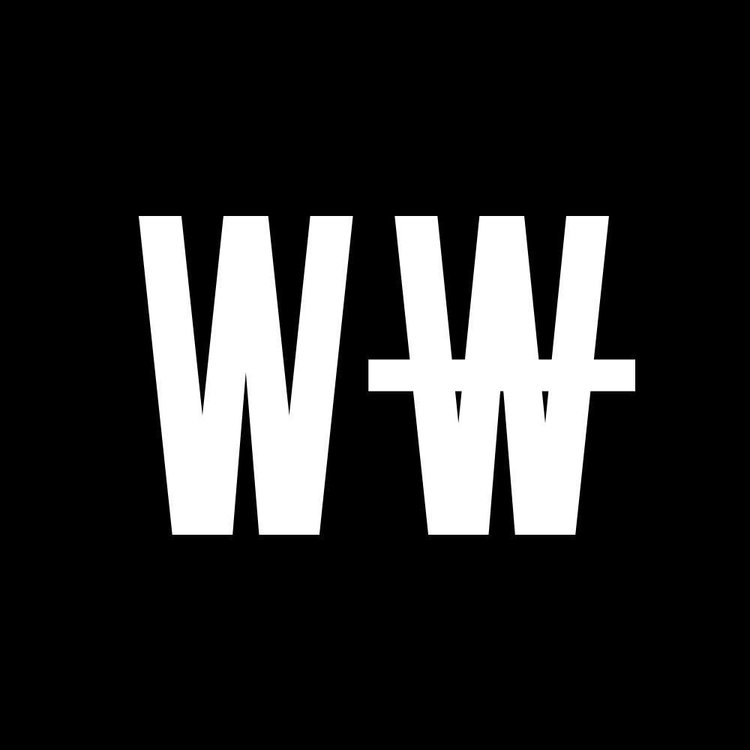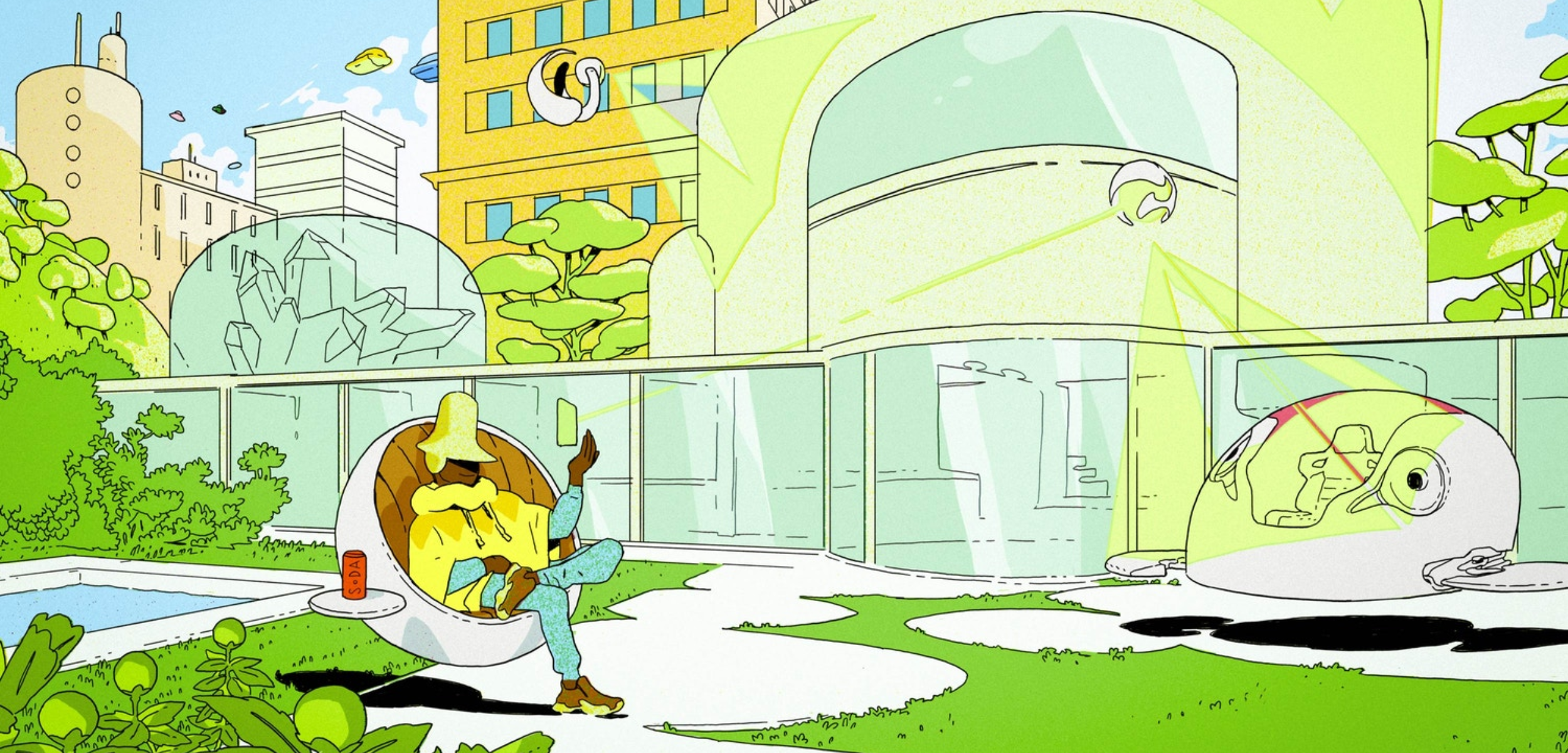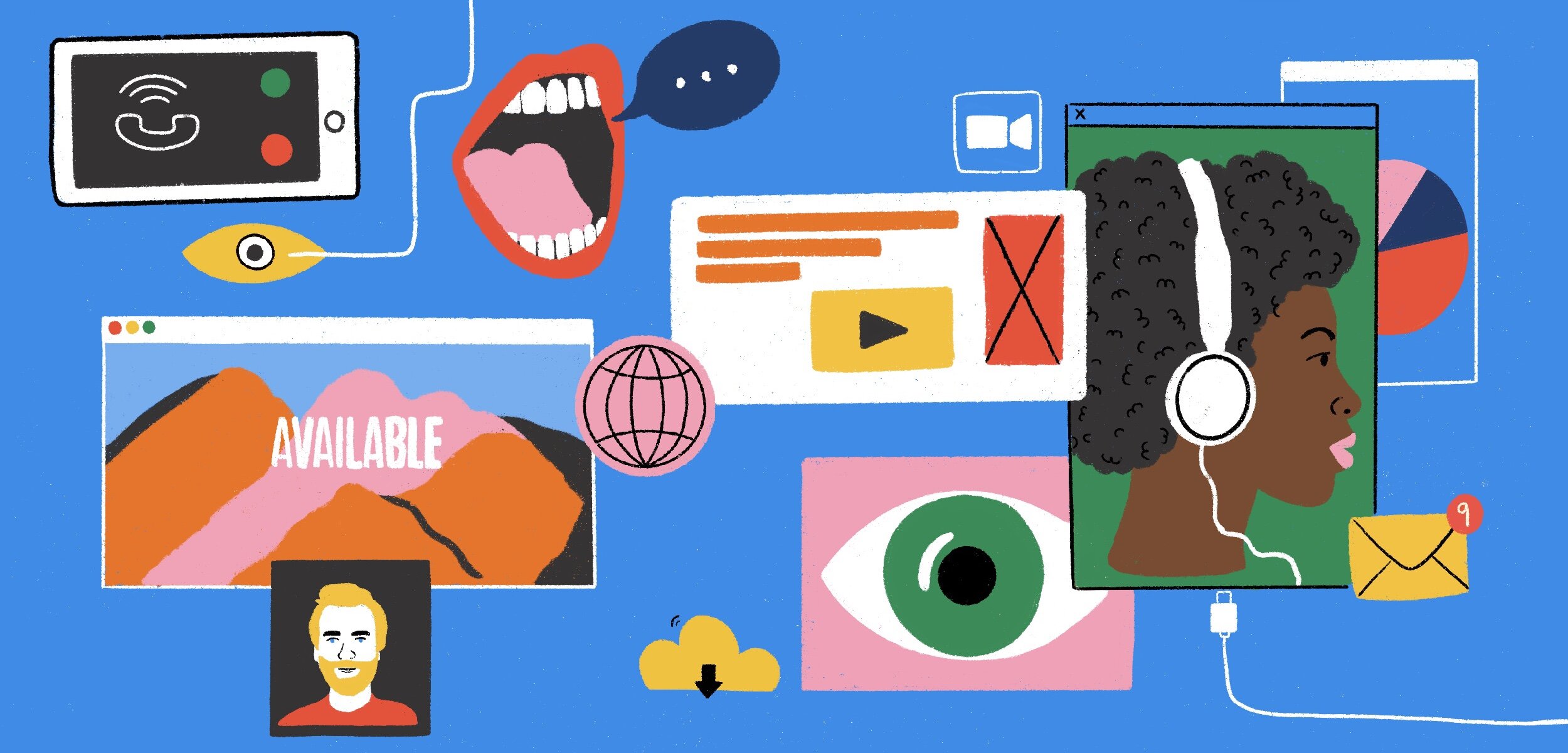We caught up with design leadership, split between COLLINS’ two offices, to shine a light on the industry perspective of the strategy and brand experience company, how that insider reputation was met and swiftly surpassed, and which projects have only further solidified their team appreciation for incredible craft at incredible scale.
Read MoreIllustration by WNW Member Sol Cotti
How Creative Leadership Is Collaborating Remotely with Clients, Staff, and Freelancers
“I think I had a profound misconception of what it means to be an office and what that requires. A lot of people were guilty of this...we are still very much working through the implications of it now.”
Read MoreHOW TO CREATE A SUCCESSFUL PROJECT PROPOSAL
HOW TO CREATE A SUCCESSFUL PROJECT PROPOSAL
WNW Members #5602 Jennifer Serafini and #1395 Breanna Radermacher realized their personal experience as freelance designers could be turned into something educational for other aspiring entrepreneurs. They've joined forces as co-founders of Be Free, Lance, an online course for designers who want to build a successful business from the ground up. Their three week course covers all the logistical stuff that can make a creative's toes curl: everything from defining deliverables, setting up legal entities, knowing how much to charge, to managing client communication.
In this week's post, Jen gives us some best practices on how to craft a killer proposal that gets you started on the right foot with any client. Be sure to check out the course's details and sign up before June 1st as registration is now open.
Project proposals are one of the most crucial first steps in forming a successful client relationship. Not only do they set the stage for what’s to come, but they also outline client expectations and make sure that both parties are on the same page from the very beginning.
Now, not all projects require you to write a proposal. Let’s say you’re going to work on a contract at a major advertising agency. In this instance, they will most likely give you all of the necessary paperwork leading up to your start date. But if you’re dealing with your own clients and projects, proposals are such an important part of starting things off on the right foot. As creatives, we want to do everything in our power to protect ourselves and our creative process, and that’s exactly what this does! Not to mention, it makes you look like a slick professional, which makes clients take you that much more seriously.
Here are a few key items to include in a successful project proposal that will make you look like you know what’s UP!
SCOPE OF WORK
This may sound pretty obvious, but I can’t tell you how many designers I’ve come across who forget to include key details in this section. The scope of work is quite simply, writing down EXACTLY what you’ll be doing for your client and what’s included in the proposed cost.
This is where you should be explaining what you will be doing, how many rounds of revisions (seriously, this one is the most important!), what kind of files you’ll be delivering, etc. Make sure you account for every small detail of the project. For example, it’s really easy to say “business cards”, but just saying that alone is way too vague. Are you going to help your client source a printer or does the cost include printing? How many options will they get? How many revisions? Don’t forget to include these details as they usually account for the most frustration down the line. We’ve all had the client who've asked for “one more revision!” or “can you just fix this one little thing?”. Always refer back to your scope of work. If you’ve reached your maximum number of revisions, you can feel confident in making the decision to charge more and account for your extra time.
The way I like to structure this section is simple:
Project Description: what’s the assignment and how can you help them?
What’s Included: what services are you providing them? I break this up into phases like “Strategy, Design, and Production,” so they can see how my creative process is structured
Rounds of Revisions: how many does the client get?
Deliverables: what are they physically receiving?
TIMELINE
Next up is the project timeline. This is where you can give the client an idea of how long your creative process is going to take. Some people like to break this up into phases, which can be helpful to track things with a bit more detail (concepts & strategy, design, production, etc.) This section helps the client understand a little bit more about your creative process and when they can expect to receive their work. I also like to factor in a few days for client feedback, so they can see that I’m holding them accountable to stay on schedule as well. I always have a clause that if I don’t receive feedback in a timely manner, the project timeline will be adjusted appropriately. This way, you don’t get a client that disappears for 2 weeks and then all of a sudden needs the work done tomorrow! Not happening.
The timeline is also where I’ll include the project cost. I like to wait until we get to this part of the proposal, so they don’t see the price first and run the other way. I’d rather have them look through all of the awesome things they’re going to get, THEN see the price afterwards. Seduce them, then sell them!
The way I like to structure this section is simply:
Phase: Each part of the project in chronological order
Time: How long each phase will take
Cost: How much each phase will cost*
*I prefer to break down the cost of the project by phases, so the client can see where their money is going. But you can also just have one total project price or an hourly rate, too. Whichever works best for you!
And there you have it! Not too hard, right?
Some other things that you can include in your proposal are your creative process, the actual contract to sign (I prefer to send mine after the client has approved the proposal), and anything else you feel is relevant to the project. There is no one right way to do this! We all have different creative disciplines that might lend themselves really well to another format, but the points above are a great starting point of things to keep in mind as you’re creating your own template.
Lastly, when you send your potential client the proposal, make sure to ask if they have any questions! The last thing you want is for a client to miss an important part of your proposal, which can cause issues down the line. Communicate to them that it’s important for them to review the whole thing in detail and get back to you with any questions or concerns they might have. A project proposal is the key to starting a successful client relationship, and communication is everything. If you spend the time to create this document, you want to make sure it’s read and understood by all parties!



